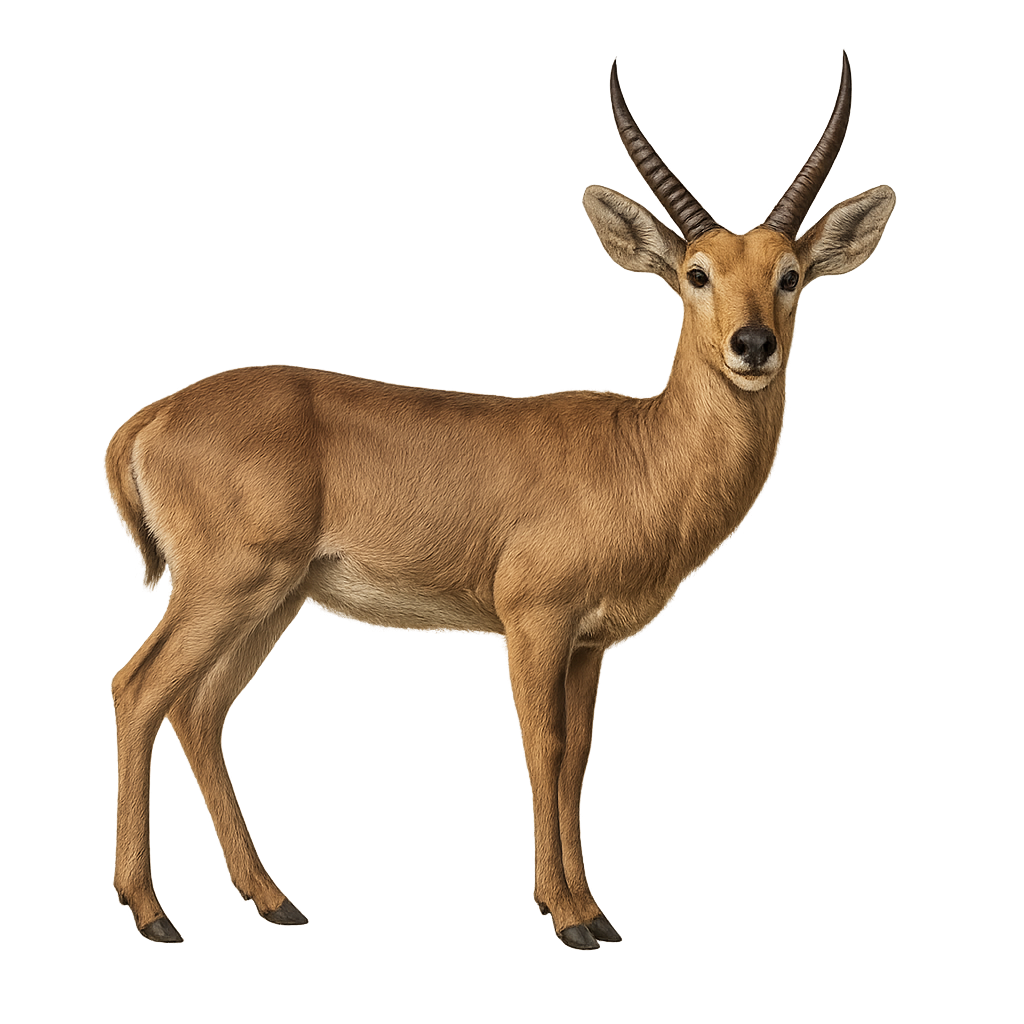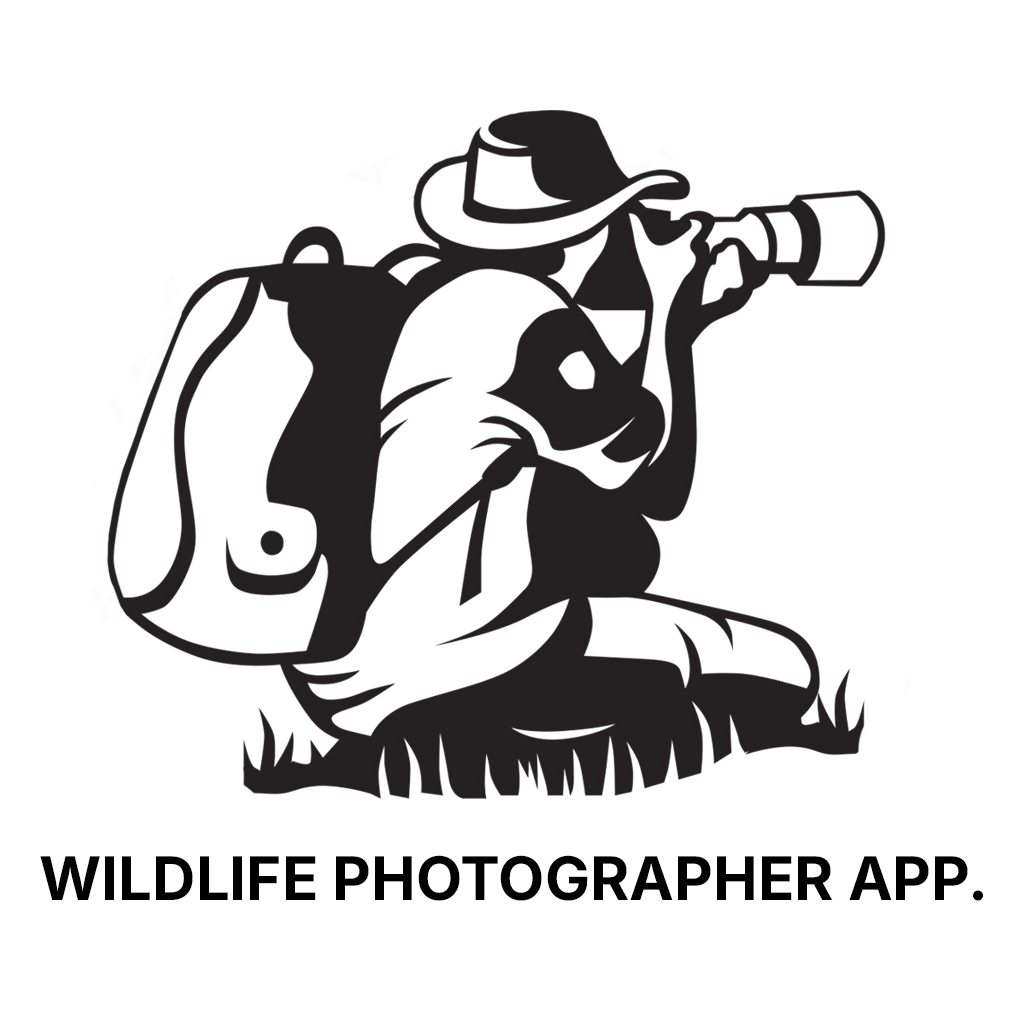Your wildlife photography guide.
Explore the southern reedbuck in detail, study its behavior, prepare your shots.
Where to observe and photograph the southern reedbuck in the wild
Learn where and when to spot the southern reedbuck in the wild, how to identify the species based on distinctive features, and what natural environments it inhabits. The WildlifePhotographer app offers tailored photography tips that reflect the southern reedbuck’s behavior, helping you capture better wildlife images. Explore the full species profile for key information including description, habitat, active periods, and approach techniques.
Southern Reedbuck
Scientific name: Redunca arundinum

IUCN Status: Least Concern
Family: BOVIDAE
Group: Mammals
Sensitivity to human approach: Suspicious
Minimum approach distance: 50 m
Rut period: November to December
Gestation: 210-220 jours
Births: June to July
Habitat:
Moist savannas, grasslands, marshy areas
Activity period :
Primarily active during the day, with peak activity in the morning and late afternoon.
Identification and description:
The Southern Reedbuck, or Redunca arundinum, is a medium-sized herbivorous mammal belonging to the Bovidae family. It is primarily found in the moist savannas and grasslands of southern Africa. Recognizable by its light brown coat and lyre-shaped horns, the Southern Reedbuck is a gregarious animal living in small family groups. It is most active at dusk and dawn, feeding mainly on grasses and aquatic plants. Although generally wary, it can be observed from a distance in its natural habitat. Its population is stable, but it is threatened by habitat loss and hunting.
Recommended lens:
400 mm – adjust based on distance, desired framing (portrait or habitat), and approach conditions.
Photography tips:
To photograph the Southern Reedbuck, it is advisable to use a 400mm or longer telephoto lens to capture detailed images without disturbing the animal. Since it is more active at dusk, plan your photo sessions early in the morning or late in the afternoon to take advantage of the best natural light. Be patient and discreet, maintaining a safe distance of at least 50 meters to avoid startling it. Use a tripod to stabilize your camera and achieve sharp shots.
The WildlifePhotographer App is coming soon!
Be the first to explore the best nature spots, track rutting seasons, log your observations, and observe more wildlife.
Already 1 432 wildlife lovers subscribed worldwide

